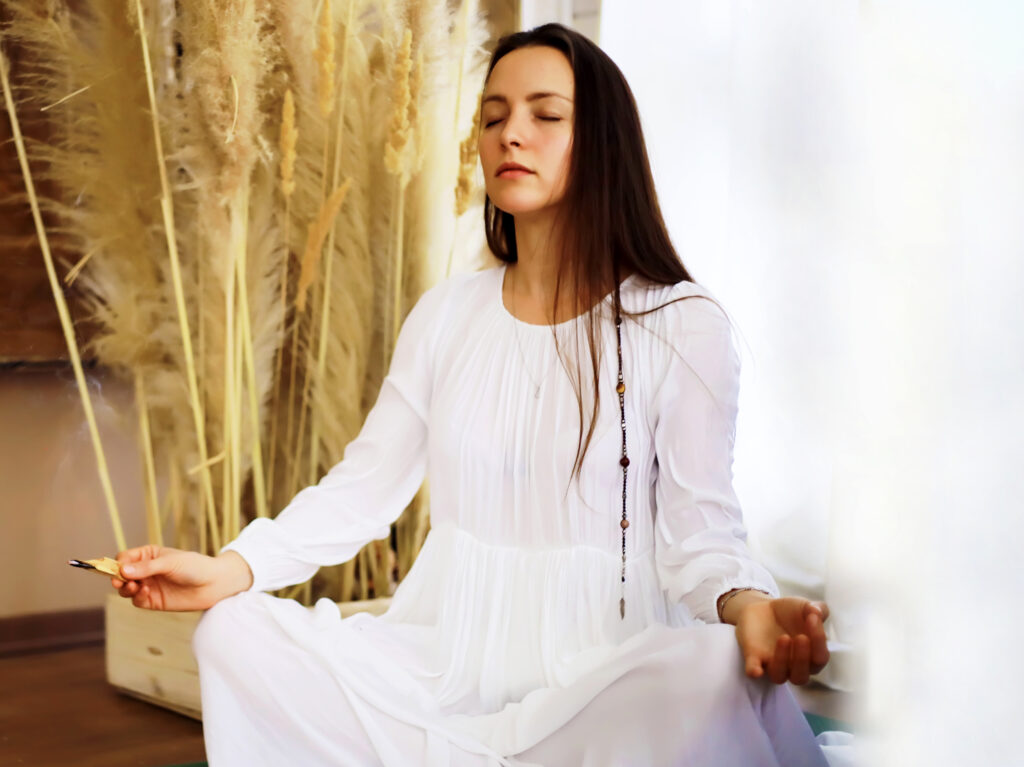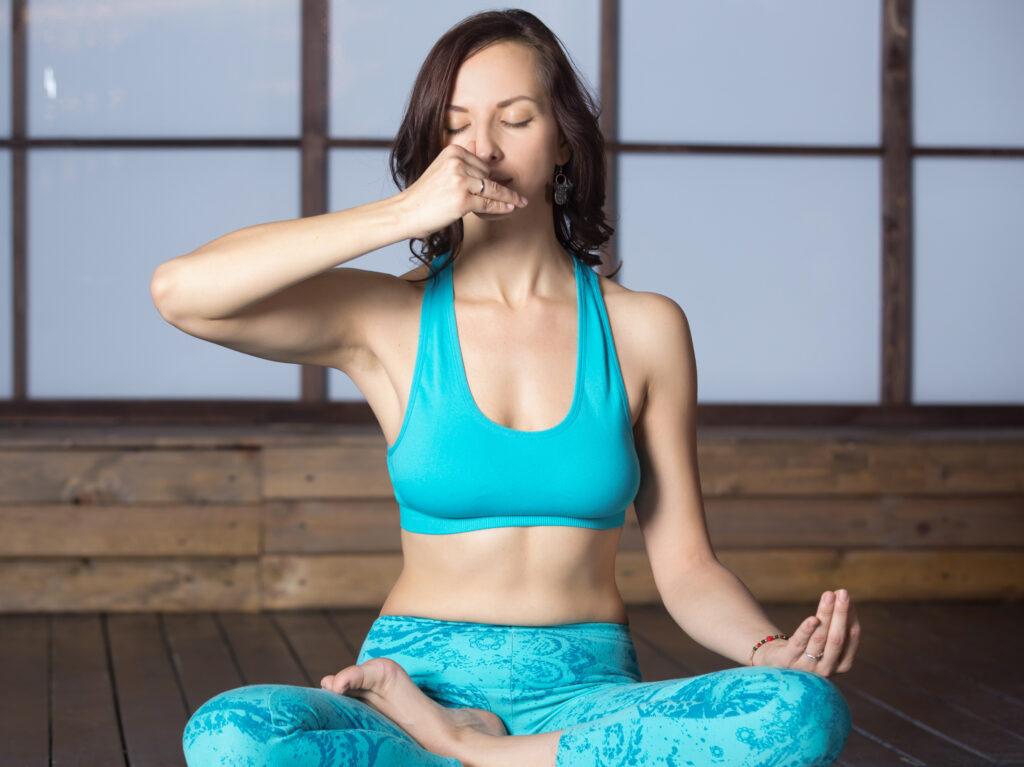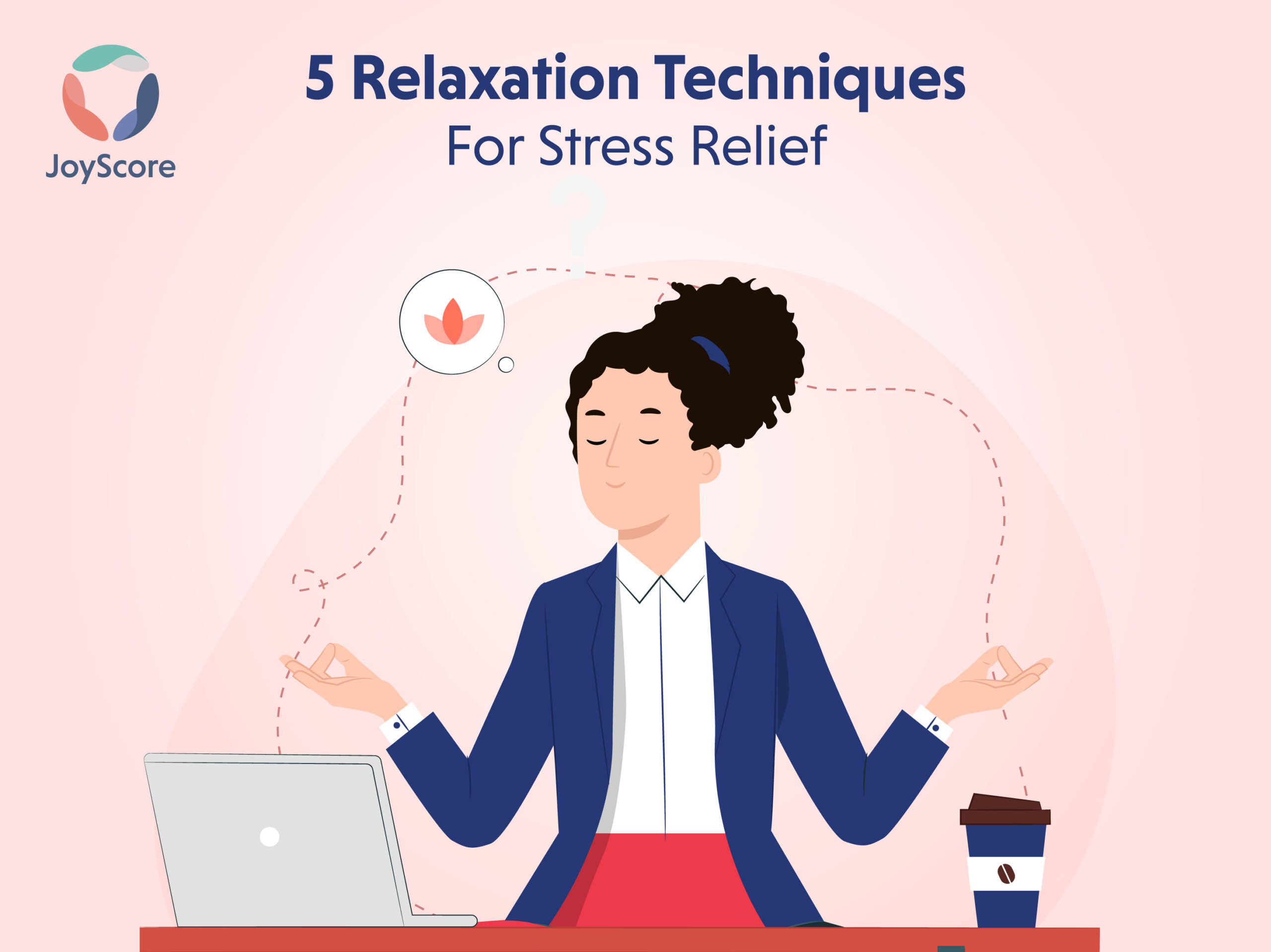5 Relaxation Techniques for Stress Relief.
Stress is a part of life. Every person suffers from stress regardless of age, occupation, or financial status. No matter what the cause, sometimes stress overtakes your body, your heart starts to pound, your breathing speeds up, and your muscles get tense.
Everybody experiences stress, but a constant state of stress can take a toll on your body. Furthermore, severe stress lead to chronic diseases like anxiety disorders and, in critical cases, depression.
However, while you can’t always control your circumstances, you can always control how you deal with them. Relaxation can immensely help to ease stress symptoms. It can help your body to calm down and reanalyze a stressful situation.
Although the reason for the anxiety won’t disappear, you will likely feel more able to deal with it once you’ve removed the tension in your body and cleared your thoughts. Most of us see relaxation as chilling on the couch and zoning out in front of the television. However, this does not do much to reduce the actual damaging effects of stress.
Stress relief techniques are a terrific way to help with stress management. Relaxation techniques diminish the effects of stress on your mind and body. Stress relief exercises can help you cope with everyday stress related to various health problems, such as heart disease and pain.
So, let’s look into these simple relaxation techniques and start de-stressing your life and improving your well-being.
5 Different relaxation techniques for stress relief
Generally, relaxing techniques and breathing exercises for stress involve refocusing your attention on calming sensations and increasing awareness of your body.
There are numerous relaxation techniques for stress relief that you can practice to de-stress. Although, daily practicing stress relief techniques is more important than choosing your ideal exercise.
Deep breathing
Breathing exercises for stress, such as Deep breathing, are great ways to de-stress and relax. It involves regulating and counting your breaths to achieve calm and relaxation. Deep breathing is a basic pranayama exercise that provides better body health and mental relaxation.
This technique is the pillar for several other relaxation practices and can be merged with other elements like music to give the best results. Deep breathing enhances oxygen levels and helps keep the stress levels in check. It prevents shortness of breath, allows more fresh air intake, and ensures calm and relaxation.
- Sit comfortably, keeping your legs crossed and back straight.
- Start by taking a deep breath through your nose and allowing your chest to expand.
- Hold your breath for a few seconds.
- Slowly breathe out as much air as you can through your mouth while contracting your abdominal muscles.
Progressive muscle relaxation
Progressive muscle relaxation is a two-step process that involves systematically tensing and relaxing different muscle groups in the body. Also known as Progressive Relaxation, this technique reveals the tension and complete relaxation in different parts of your body.
Progressive muscle relaxation can help you focus on the difference between muscle tension and relaxation and allow you to react to the first signs of the muscular tension that leads to stress. It is one of the quick and easy relaxing techniques for anxiety and stress that takes just around 20 minutes.
To practice this relaxation technique,
- Firstly, Find a warm, quiet place with minimal distractions.
- Get comfortable by loosening your clothing, taking off your shoes, and closing your eyes.
- Start by breathing slowly and deeply for a few minutes.
- Tense and relax each muscle group, starting with your forehead and moving down to your toes.
- Stay in this relaxed state for some time while breathing deeply and slowly.
Visualization

Visualization is a variation of traditional meditation that involves picturing a scene where you feel at peace and free to let go of all tension and stress in your body. These images can be anything from an object, event, or place that provides you a sense of calm and utmost peace.
Also known as Guided imagery, these relaxation techniques for stress relief help you to gain a positive vision of yourself. However, Visualisation can be complex for those who experience endless thoughts or find it hard to picture mental images.
To resolve this problem, there is a myriad of different apps that help you visualize these images and guide you through the process. Joyscore is of the best apps in the market equipped to guide you through Viziualation, among many others.
Steps to follow:
- Sit in a comfortable position. You can also do this exercise by lying down on your back.
- Close your eyes and start breathing at a deep and slow pace.
- Imagine any peaceful image or scenery that provides peace and calm. You can also select a peaceful scene or imagery from your Joyscore app.
- After some time, slowly open your eyes and come back to the present.
Mindfulness meditation

Mindfulness is an ancient form of meditation that emerged from Buddhist teachings. that promotes awareness of what’s happening at the moment. Mindfulness or present moment meditation promotes understanding of what’s happening at the moment and teaches us to shift our focus from thinking to sensing.
This practise involves sitting comfortably and focusing on your breathing while being completely mindful and present at the moment, thus, making it a trending and popular form of meditation in recent years.
Meditation exercises have been used for decades to reduce stress, anxiety, clinical depression, and many other antagonistic emotions. Using mindfulness meditation to stay focused on the present might seem simple enough, but it takes regular practice to enjoy all its benefits.
Steps to follow:
- Relax and sit in a comfortable position.
- Begin inhaling and exhaling air through your nose.
- When you get distracted with your thoughts, don’t chase them. Acknowledge your wandering mind and come back to focusing your breath.
- Try to practice mindfulness meditation regularly to see significant results.
Autogenic relaxation
The Autogenic relaxation technique uses visual imagination and body awareness to reduce stress and anxiety. This technique aims to find calm from within as the term ‘Autogenic’ itself means something that comes from within. It is a series of mental exercises involving relaxation and ideas you suggest to yourself while breathing mindfully.
Steps to follow:
- Sit comfortably in a quiet calm environment.
- Picture a peaceful setting and a calm environment.
- Repeat words or suggestions in your mind like my arms are getting heavier and my stress is melting away.
- Notice different sensations in your body.
- Slowly open your eyes while exhaling through your nose.
A word from Joyscore
Learning about meditation and relaxing techniques promises calm and peace, makes you aware of your surroundings and equips you better to face everyday challenges. In the end, Remember relaxation techniques are skills, and the only way to flourish your skills is to polish them with daily practice.
Joyscore is a prominent app dedicated to allowing its users to practice relaxation and other mindfulness techniques. Download the Joyscore app to achieve your nirvana!
Download on the Appstore
Get it on Google Play



